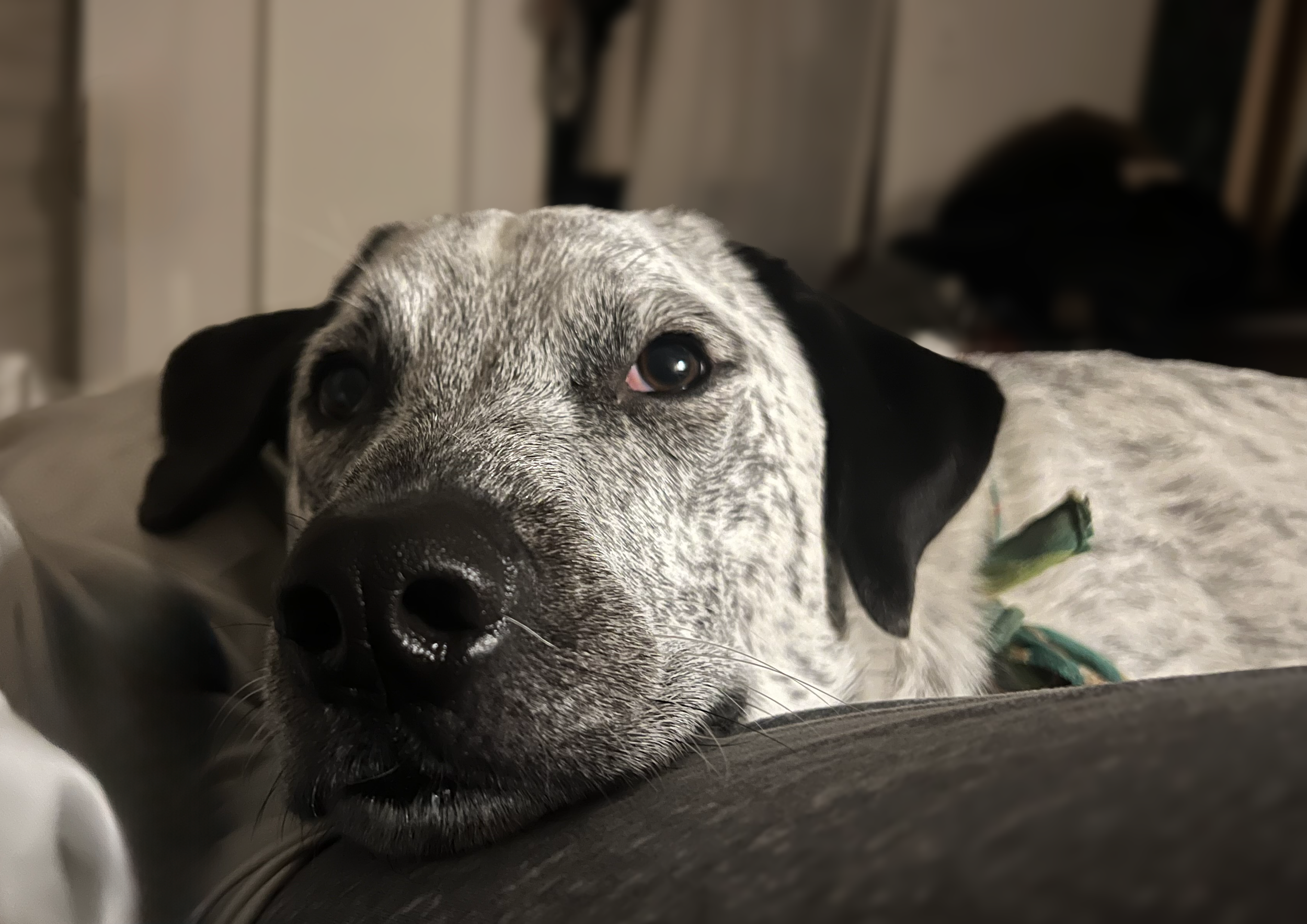Kate Kester is an artist, gallery manager, and small business marketer located in Rhinebeck, New York. Born in Delaware in 1995, she moved to the Hudson Valley to attend Bard College in 2013. Kate graduated in 2017 with a thesis in both Studio Art and Art History and has continued to live and work in Rhinecliff, NY.
Kate manages the Betsy Jacaruso Gallery in Rhinebeck and works with many artists as well as small businesses on their creative direction and marketing.
In addition, Kate enjoys painting in oil, acrylic, and watercolor at her studio in Rhinecliff. Kate’s work is identifiable by her bright, technicolor plants and saturated natural dreamscapes. The context of her current work deals with mental health, remedying depression, pain & beauty, and the epidemic of missing women in her Somewhere Out There series.
In the past, Kate’s work focuses on the body, especially the female body and self-image, often depicting bodies in a state of disassociation and contortion. Her background in Art History brought forth themes from the Middle Ages of body/vessels, ascension, sacrifice, bliss, blood, and pain. She often incorporated video, ceramics, and installation along with paintings into her projects.
Outside of work, Kate enjoys service projects and is a member and social media manager of the Rhinebeck Rotary Club since March 2022. She focuses on causes that promote racial and gender equality and equity, lgbtq+ rights, mental health awareness, and animal protection.
She is a longtime vegetarian and loves her dog.
painter, designer, imaginer, rectifier.
Selected Excerpts from an interview with Thomas Cale.
July 2021 “Featured Artist”, Rhinebeck Living
Your images show your love of color and plant life. Please talk about how you choose your subject matter.
I came to a critical point after graduating college where I did not like anything I was making. That body of work is still meaningful to me, but I was trying to put whatever pain was happening in my life into my projects. It was feeling more like a burden than a release, so I started learning watercolor from Betsy Jacaruso, and gave myself a clean slate, tabula rasa. I had collected a lot of plants in my house over the winter to ‘cure’ my seasonal depression, which is pretty rich given that I have regular depression all year, and you can’t cure that with pretty home decor. I was tired of painting things that were painful to look at or share, so I started painting my plants. When you’re a person with depression, part of the struggle is feeling like you can’t see the world as everyone else does, and so in some ways, I’m painting my antidote vision, my bright lush coping mechanism.
What is your preferred medium?
Anything malleable. Anything that lets you make a lot of mistakes.
Watercolor, acrylic, and oil are all forgiving and unforgiving mediums depending on how you look at them. Watercolor is always easy to pick up, rewet your paints, and move quickly through your painting. But water is uncontrollable and translucent; there is a visual record of all mistakes you made in your painting. However, if you embrace them you can achieve beautiful and unusual effects.
With oil you can layer and layer, and make something juicy and vibrant. There’s nothing more satisfying than pure cadmium red plopped directly onto the canvas.
When I start a painting I always think about Henri Matisse’s Atelier Rouge—what a dream it is, with its maximalist all red interior—I wish I could see my life like that. My approach to painting is that I intend to create something I want to see in the world (or a way of seeing the world), and whichever medium helps me achieve that effect is the one I use.
What artists are you inspired by?
I mentioned Matisse because he is the artist that showed me how to make a painting that I like. He recolors his world to his liking. When I was young, I had a book of the famous Barnes Foundation collection, Masterworks. It is a treasure chest of early modern paintings. I was particularly obsessed with the image of Nu Couché Aux yeux bleus (Reclining Nude with Blue Eyes) where Matisse painted a thick black outline around the woman’s silhouette. It was so satisfying and yet, went against everything I was taught. What is the first thing your art teacher tells you in elementary school? ”NO OUTLINING.” In the real world, there are no rules, you can make whatever you want. That made a huge impact on me.
What is your most memorable experience as an artist?
When I finally got to visit the Barnes Foundation, which moved from the original house to a contemporary building in Philadelphia, I walked so slowly into each gallery, cautious to not overlook any artwork. I had fawned over the collection for years in my copy of the Barnes Collection Masterworks. It wasn’t just that the art was historical, priceless, or important—I coveted how satisfying it was to be in front of it.
As I was leaving one gallery, I nearly missed my favorite painting (Nu Couché Aux yeux bleus). My jaw dropped to see it hanging over a door jam, so small and out of sight. That was the first time I laughed in an art museum. I could not believe the painting I copied over and over in my sketchbook for years was so tiny. I had never looked at the dimensions. Being surprised by an artwork I thought I knew showed me that the value of art is in how you experience it. You can engage with art in a meaningful, subjective, and even hilarious way. What you take away from it can be entirely separate from the intentions of the artist, curators, or art historians, and your perspective is just as valid as what is written in history books.

